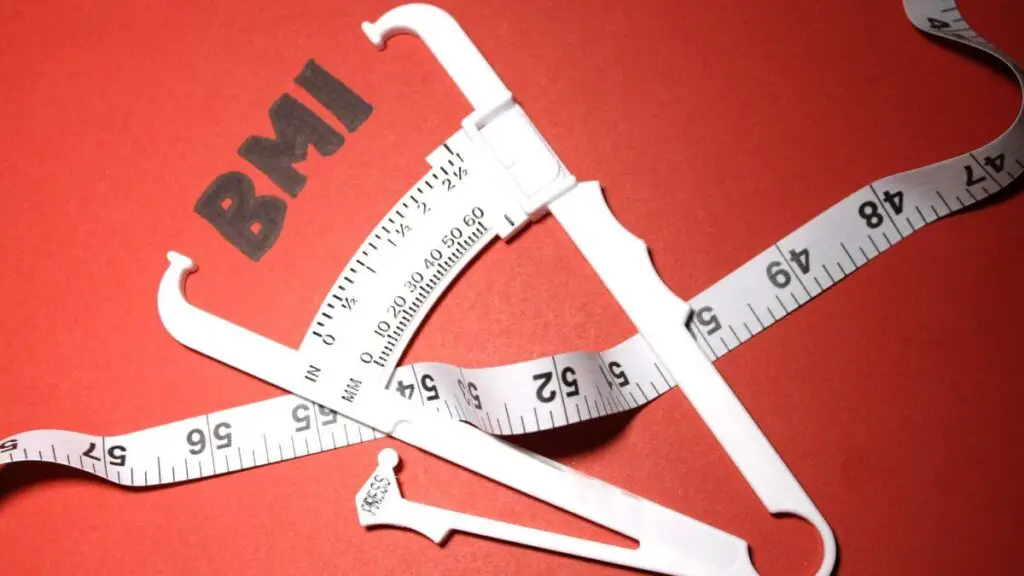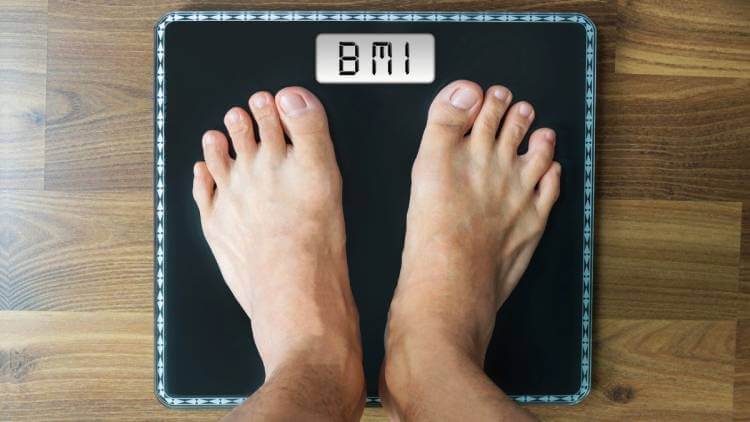Doctors may use BMI to determine whether we are overweight or not. This is just one measurement, however, and when measuring BMI in Seniors, one has to be mindful that things change. What may be a good measurement for a younger adult may not apply for an older adult.
BMI – What It Is
BMI stands for Body Mass Index. BMI is used a lot by those in the insurance industry to determine whether or not you are a health risk and your insurance rates should be increased. The higher your BMI is for the insurance industry, the more you will pay for your health insurance.
Just to give you an idea about this, if you have excellent health with no history of medical issues, you get the best insurance rates. However, if you are over your ideal weight for your height by more than a few pounds – and thus outside the normal BMI range, you will not receive this rating.
If you’re quite overweight, you will likely receive a Standard rating. This rating is for those of average health but they have some common health conditions such as high cholesterol or high blood pressure. If you are high-risk, you will not fit into the usual tables that the insurance company uses. If your BMI is very high and you are considered morbidly obese, then your BMI plus your health conditions will determine your insurance rate.
BMI is also used by the medical profession to determine where you are healthy while taking into consideration your height and weight. The calculation is your weight in kilograms divided by the square of height in meters. It is strongly correlated with various metabolic and disease outcomes, according to the Centers for Disease Control.
Why All the Fuss About BMI Anyway?
The problem is that obesity increases the risk for many diseases and health conditions. If you take two people, one with obesity and one without, and then both of them end up with a similar disease, the one with obesity is more likely to die from that disease than the one without the disease. This would be true for all diseases.
Those with obesity are more prone to pain anywhere in their body that interferes with physical functioning. Their cartilage and bones are more prone to breakdown. The added weight makes them susceptible to high blood pressure, diabetes, heart disease, stroke, gallbladder disease, ad having high levels of cholesterol or triglycerides. Their quality of life is never high. It’s also common for those with obesity to have sleep apnea and breathing problems.
The list of health problems from obesity doesn’t stop there. Those who weigh more than ideal body weight will be more susceptible to develop cancer, and their bodies show chronic inflammation and increased oxidative stress. The oxidative stress creates more free radicals that make it easy for someone to develop cancer. It is also more common for those with obesity to suffer from depression.
BMI Changes with Age
BMI changes with age. This is why you can’t use the same BMI tables for children and teens as you use for adults.
As we age, we tend to lose muscle mass. Growth hormone levels start falling in one’s late 30s and by the time we get to our 70s or 80s, we will have a higher percentage of body fat unless we are doing bodybuilding or some of the latest types of muscle building strategies that are quite effortless.
How BMI Can Be Misleading
BMI can be misleading. If your muscle mass is higher or lower than normal, BMI won’t be a perfect way to measure how much body fat you have. Muscle weighs more than fat. If you are a body builder, you will have a high BMI.
BMI does not measure body fat. You can measure body fat with body fat calculators and different techniques such as bioelectrical impedance analysis machines, underwater weighing, body circumference measurements, and skinfold calipers. A DXA (Dual-Energy X-ray Absorptiometry) utilizes radiation to determine how much of your weight is from bone mass, lean mass and fat.
- BODY MASS INDEX WHEEL CALCULATOR: The BMI wheel calculator from Elite Medical Instruments is made of high quality vinyl plastic.
- USAGE: Easy to use to measure the BMI for patients. Align the height and weight to get the Body Mass Index.
Here is a standard chart for BMI:
| BMI | Category |
|---|---|
| Below 18.5 | Underweight |
| 18.5-24.9 | Healthy |
| 25.0-29.9 | Overweight |
| 30-39.9 | Obese |
| Over 40 | Extreme or high risk obesity |
BMI and Body Composition in Seniors
When you get older and your muscle mass decreases and fat percentage increases, it affects the way you walk. You’ll walk slower than normal, plus you will have weaker strength in your muscles. You’ll also be more likely to have disabilities.
In 2017, one researcher named Chen and his research team found there was not much relationship between BMI and mortality risk in old age. It was determined that BMI was an outdated measure with little practical application in modern geriatric practice.
The problem is that doctors tend to rely on what the senior citizen’s weight is currently without taking into consideration the lifetime weight change. Lifetime weight change gives a completer and more accurate picture of what is happening with someone.
For example, if someone recently lost 30-40 lbs without trying, this might put them into the normal BMI category for their height but it may also indicate there is a serious underlying health disorder that needs to be uncovered. Perhaps it’s thyroid disease or cancer or a gastrointestinal disease.
If the senior gained 30 pounds over the course of a few months, it could indicate problems with weight gain as a result of prescription medication. Likewise, inability to gain weight over the course of several months can also be a red flag to doctors.
Weight loss in old age is associated with negative health outcomes. Thus, doctors are stating that shooting for a BMI between 25 and 27 for those over age 65 is more reasonable.
BMI in Seniors – Healthy Measurements
Below is a link for the Geriatric BMI Calculator. This Geriatric BMI Calculator is for those over 65 years old. This link will also take you to other links such as:
- BMI calculator for men
- BMI calculator for women
- BMI calculator for kids
- BMI calculator for teens
- Child BMI calculator
Can Your BMI Be Wrong?
Your BMI is your BMI, but it can be a “wrong” indicator if you are using it to determine whether you are overweight.
Measurements Used Besides BMI
Other measurements that can be used will include fat percentage of the body. This can be determined with the above-mentioned methods. Also, waist circumference can tell your doctor whether or not you are packing on the pounds around your internal organs. This is called central obesity or central adiposity. Adipose means fat.
What To Do If Your BMI is Too High
There are many things you can do to lose weight and to lose fat. Remember that you live in the age of technology where many of these things have already been solved.
1) You can go on a diet.
Health professionals will tell you this – and it will sound like they are speaking in their sleep. What they tell you has no direct meaning to your individual situation. You want to work with a health professional who is going to customize a diet plan to you.
This may involve utilizing genetic information from your DNA test, as health information regarding diet may be gleaned from your 23 and Me DNA test or another DNA test. We are now at the point where we can look at genes and determine that your best diet is going to be a low carb, low fat, high protein, or other diet. Weight loss is twice as fast when you utilize this information instead of choosing a diet in a box.
2) You can go on an exercise program.
Again, health professionals will tell all their patients to do this with little regard to what the individual needs. They also do not take into consider that there are electrical stimulation types of methods available that will increase muscle mass while burning fat simultaneously.
Check with your doctor before embarking on a new diet or exercise program! This is particularly important as we age.




